In this post, our focus will be on scalping vs day trading and scalping vs swing trading.
Many players in the forex market contribute to its momentum; among these players, you will find big financial institutions and retail traders as well.
Over time players in the forex market have stayed with a trading style that suits them.
The trading styles in the forex market are scalping, day trading, swing trading, and position trading.
These trading styles, alongside their timeframes all have their place in the forex market. Kindly keep reading to learn more.
- SCALPING VS SWING TRADING
- SCALPING VS DAY TRADING
- SCALPING VS DAY TRADING VS SWING TRADING
- IS SWING TRADING PROFITABLE
- SWING TRADING VS DAY TRADING-WHICH IS PROFITABLE
- REALISTIC SWING TRADING RETURNS
- HIGH PROBABILITY SWING TRADING STRATEGY
- SWING TRADING SUCCESS RATE
- DAY TRADING VS SWING TRADING VS POSITION TRADING
SCALPING VS SWING TRADING
In the forex market, it is not right to outrightly say that one trading style is better than the other, whatever trading style you use, one thing that matters is that your trading account should be growing meaning your profits should outweigh your losses.
That being said below is a table of scalping vs swing trading:
| Scalping trading | Swing trading |
| Seconds to minutes (Short term) | Daily to weeks |
| Works only on technical analysis | Good for both technical and fundamental analysis |
| Makes dozens or hundreds of trades per day for a small profit | Trades from a weekly perspective |
| More trade setups/ more active time required | Lesser trade setups/ lesser active time required |
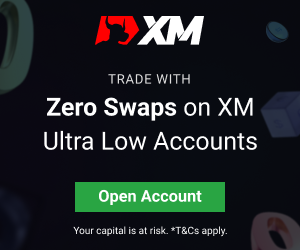
RELATED: 5 MINUTE SCALPING STRATEGY
RELATED: BEST 1 HOUR TRADING STRATEGY
RELATED: TRADING 1 HOUR TIME FRAME FOREX
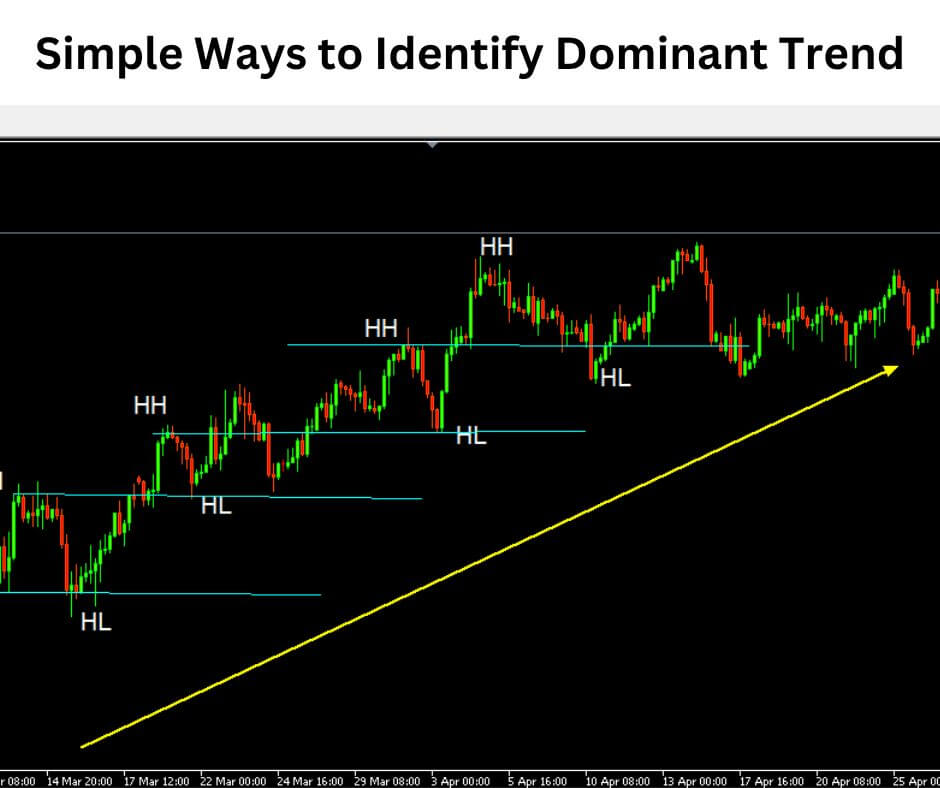
SCALPING VS DAY TRADING
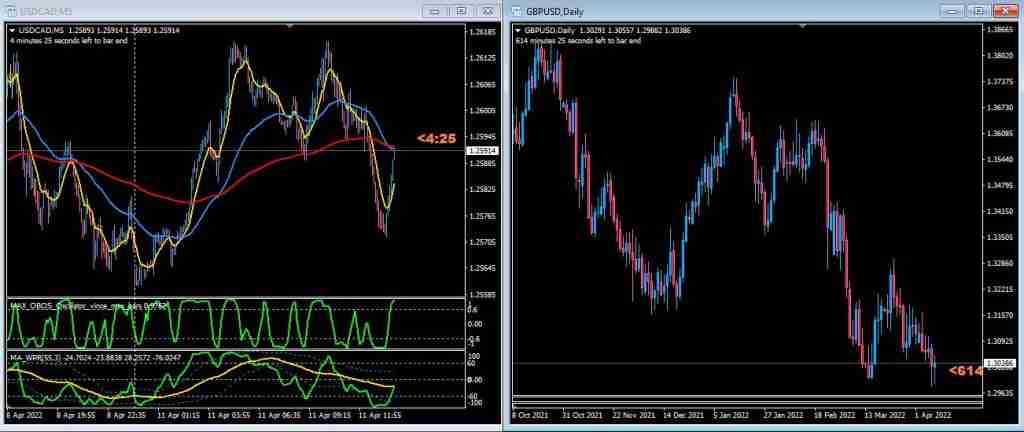
Below is the difference between scalping vs day trading:
| SCALPING | DAY TRADING |
| Seconds to minutes (Short term) | Hour to day (do not hold position overnight) |
| Works only on technical analysis | Good for technical analysis |
| Makes dozens or hundreds of trades per day for a small profit | Makes about four to six trades in five business days |
| More trade setups | Lesser trade setups |
SCALPING VS DAY TRADING VS SWING TRADING
Below is the difference between scalping vs day trading vs swing trading:
| Scalping | Day Trading | Swing Trading |
| Seconds to minutes (Short term) | Hour to day (do not hold position overnight) | Daily to weeks |
| Works only on technical analysis | Good for technical analysis | Good for both technical and fundamental analysis |
| Makes dozens or hundreds of trades per day for small profit | Makes about four to six trades in five business days | Trades from a weekly perspective |
| More trade setups/ more active time required | Lesser trade setups | Lesser trade setups/ lesser active time required |
IS SWING TRADING PROFITABLE
Before I go any further, let me state that swing trading is profitable.
Swing trading, in my opinion, is the best and most profitable trading strategy. There are several reasons why I prefer swing trading to other types of trading.
Let me explain why swing trading is beneficial in more detail.
Unlike other trading styles that require lower time frames and multiple setups, swing trading eliminates the need to trade every day, allowing you to spend less time in front of your computer.
Swing trading is profitable since it is done at a higher timeframe, such as D1 or above.
Many traders who experience fake-out trades focus on the much lower timeframe; in swing trading, it is impossible to be caught in a fake-out trade when following the dominating trend.
Swing trading allows for a distinct zone of market reversal and continuance, as well as ample time for thorough market analysis.
Swing trading is similar to the concepts of selling high and buying low, as well as order block and supply and demand trading.
In swing trading, candlestick patterns, and chart patterns are more stable
In swing trading, you will see a clearer overview market structure of the currency pair.
In conclusion, forex trading is based on the principle of selling high and buying low and this is what swing trading is about.
SWING TRADING VS DAY TRADING-WHICH IS PROFITABLE
Swing trading and day trading are both profitable trading strategies, but they each have their own set of advantages and disadvantages. Swing trading, day trading, and scalping are all topics covered in this post.
For the record, swing trading provides a sense of security when done correctly, knowing that your odds of losing money are quite minimal.
Let’s pretend you have points A, B, and C; swing trading is like starting a movement from point A when there is little momentum and going all the way to point C before exiting the trade, which can last anywhere from days to weeks, whereas day trading is like entering the trade much later and existing before point C because day traders don’t hold positions overnight.
REALISTIC SWING TRADING RETURNS
When looking for realistic swing trading returns, keep in mind that traders still apply their swing trading techniques differently, which is why their results will differ. Let me offer you a percentage number of a realistic swing trading return on a monthly growth plan before I go into more detail.
On a monthly growth, a realistic swing trading return will be about 5-15 percent.
This is achievable because the swing trader will be looking at a variety of trading pairs to capture a long-term trend.
Remember that swing trading is a trading strategy that provides peace of mind and allows you to worry less about market fundamental news release
Swing trading does have a lower setup than scalping and day trading, which is why, in my experience as an FX and synthetic trader, I’ve learned to combine the two. Combining the two trading strategies yielded a solid trading outcome and many more setups than trading one approach alone.
HIGH PROBABILITY SWING TRADING STRATEGY
A high-probability swing trading strategy can become a trader’s best swing trading strategy when the trade outcome is over 90%.
For a trader to be successful with swing trading, he must have basic knowledge of forex market structure and price action.
One necessary temperament a swing trader cannot do without is patience.
I am going to share the best swing trading strategy in my opinion because it has worked well for me.
Below is a detailed explanation with Images of one high-probability swing trading strategy I use.
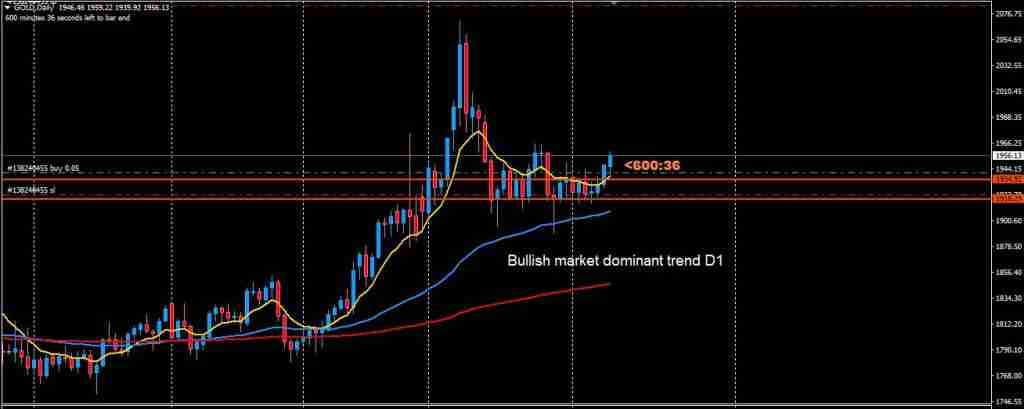
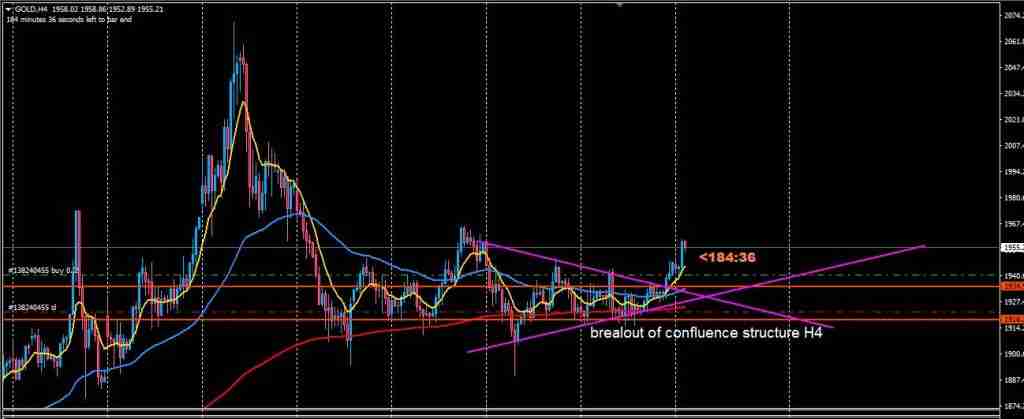
SWING TRADING SUCCESS RATE
Traders have differing opinions on what a swing trading success rate should be. Some say it’s 10%, while others believe it’s as low as 5%.
Because of my experience trading the forex market, I’ve learned how to properly mix swing and day trading for higher returns; as a result, I can confidently state that combining swing and day trading will provide you with better entry and profits.
A trader will make better than 10% with the swing and day trading combination, and the stop losses will be much tighter.
The way to achieve this is when the price gets to a swing high or low, you can wait for a chart pattern or a confluence breakout on a lower timeframe (H4, H1). That is where your entry will be.
DAY TRADING VS SWING TRADING VS POSITION TRADING
All trading styles are unique and have their own set of benefits and drawbacks, which is why a trader should take the time to figure out which one he or she belongs to.
Below is a tabular comparison of day trading, swing trading, and position trading.
| DAY TRADING | SWING TRADING | POSITION TRADING |
| Hour to day (do not hold position overnight) | Daily to weeks | From days to weeks to months |
| Good for technical and analysis | Good for both technical and fundamental analysis | works for both technical and fundamental analysis |
| Makes about four to six trades in five business days | Trades from a weekly perspective | Very few trade setups in a long time (years) |
| Lesser trade setups | Lesser trade setups/ lesser active time required | Very few trade setup in a long time (years) |


